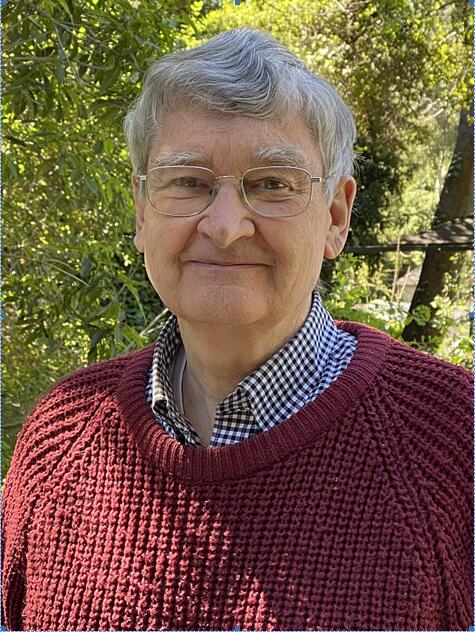演講嘉賓介紹 (一)
喬治· 羅斯曼(George R. Rossman) 教授 (California Institute of Technology, 加州理工學院)
喬治· 羅斯曼(George R. Rossman)是加州理工學院地質和行星科學部礦物學教授。他獲得威斯康星州立大學歐克萊爾分校化學學士和數學學士雙學位以及加州理工學院化學博士學位。
他的主要研究興趣涉及使用光譜學來研究礦物。他的工作涉及礦物中顏色現象的起源問題; 物相識別; 金屬離子在礦物中的特殊作用。他和他的學生開發分析方法分析礦物中的氫元素的賦存形式,并研究它們如何改變礦物的物理和化學性質。他還對礦物長期接觸低劑量天然背景輻射的影響感到興趣。
羅斯曼教授也是美國礦物學會(MSA)會士/院士,擔任美國寶石學院(GIA)研究咨詢委員會成員,洛杉磯縣自然歷史博物館和紐約市美國自然歷史博物館礦物科學部的礦物科學客座研究員,同時也是南加州礦物學會的主席。
2001年,他獲得美國礦物學會首屆Dana獎章,2005年獲得奧地利礦物學會弗德里奇-貝克獎章(Friedrich-Becke Medal)。2004年,他獲得加州理工學院最負盛名的教學榮譽——理查德·費曼教學卓越獎(Richard P. Feynman Prize),該獎表彰了"實驗室和課堂教學中的卓越能力、創造力和創新"。碧璽家族中rossmanite這個礦物就是以他的名字命名的。他在礦物學和化學領域已經擁有360多份出版物。

George R. Rossman is Professor of Mineralogy in the Division of Geological and Planetary Sciences, California Institute of Technology, Pasadena, California. He got his B.S. degree in Chemistry and Mathematics from Wisconsin State University, Eau Claire, and his Ph.D. from Caltech in Chemistry.
His principal research interests deal with the use spectroscopic probes to study minerals. His work addresses problems relating to the origin of color phenomena in minerals; phase identification; and the special role of metal ions in minerals. He and his students develop analytical methods for analysis hydrous components in minerals and examine their role in modifying physical and chemical properties. He is also interested in the long-term effects in minerals from the exposure to background levels of natural radiation.
In addition to teaching at Caltech, Rossman serves on the Research Advisory Committee for the Gemological Institute of America, is a research associate in mineral sciences at the Natural History Museum of Los Angeles County and the Department of Mineral Sciences at the American Museum of Natural History in New York City, is a Mineralogical Society of America Fellow, and president of the Mineralogical Society of Southern California.
He was the recipient of the inaugural Dana Medal, of the Mineralogical Society of America in 2001, and the Friedrich-Becke Medal of the Austrian Mineralogical Society in 2005. In 2004, he was the recipient of Caltech's most prestigious teaching honor, The Richard P. Feynman Prize for Excellence in Teaching, which recognizes "exceptional ability, creativity and innovation in both laboratory and classroom instruction." He was also honored by having a new mineral of the tourmaline family, rossmanite, named after him. He has more than 360 publications in the mineralogical and chemical sciences.





